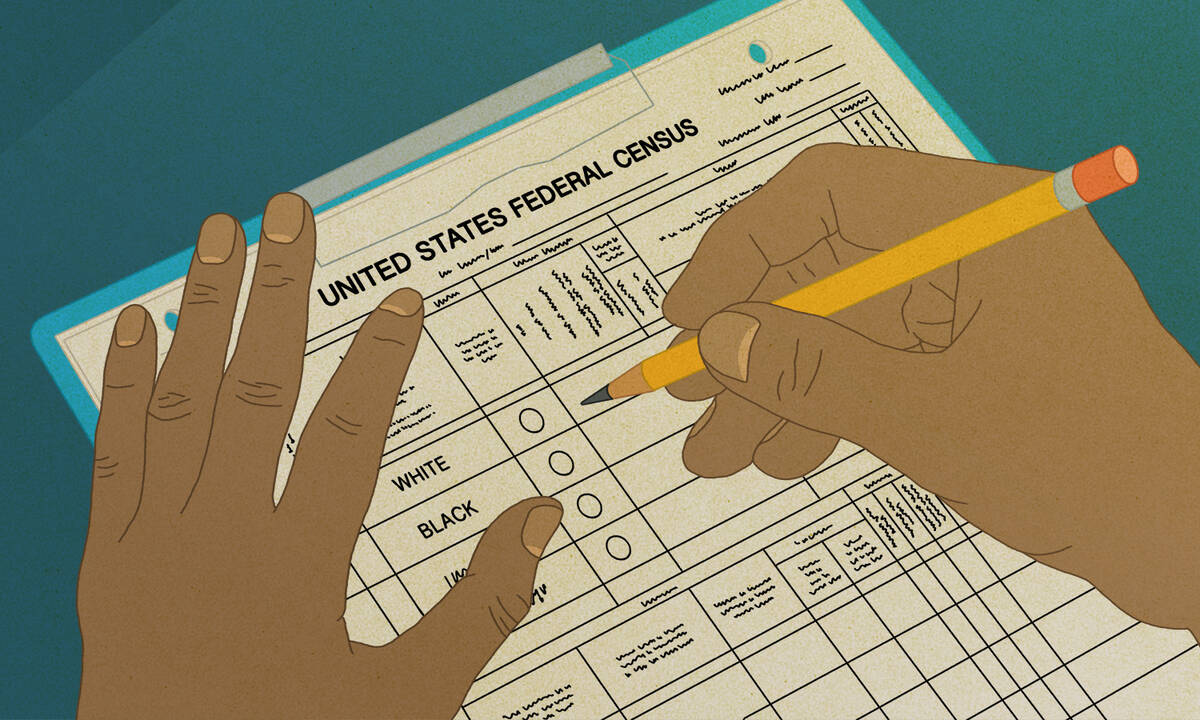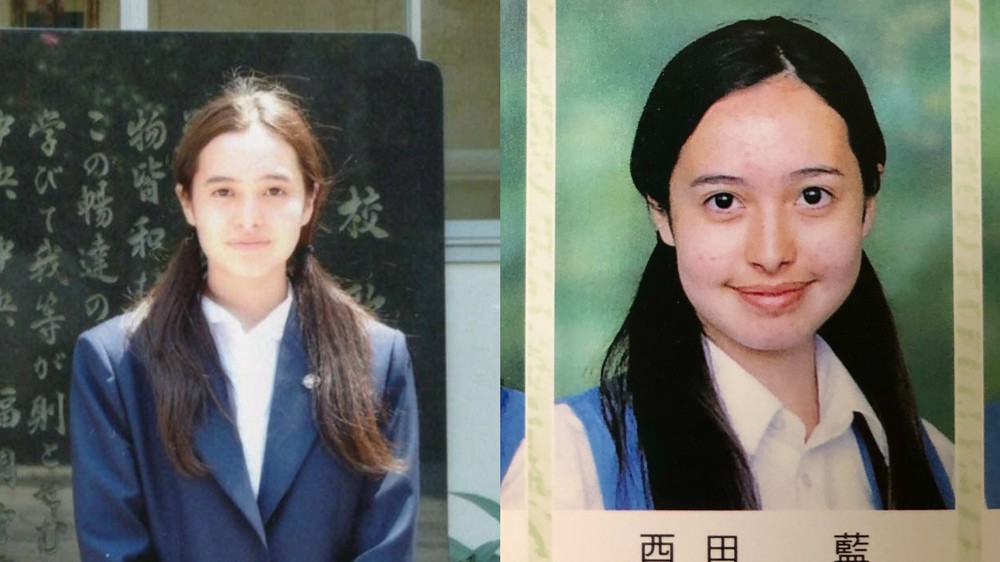To Escape Jim Crow–Era Discrimination and Violence, Some Black Men Passed as White. But How Many?
Kellogg Insight
Kellogg School of Management at Northwestern University
Evanston, Illinois
2021-04-01
Based on the Research of:
Ricardo Dahis, Ph.D. Candidate in Economics
Northwestern University, Evanston, Illinois
Emily Nix, Assistant Professor of Finance and Business Economics
University of Southern California, Los Angeles
Nancy Qian, James J. O’Connor Professor of Managerial Economics & Decision Sciences
Kellogg School of Management at Northwestern University, Evanston, Illinois

Lisa Röper
Hundreds of thousands, according to a new study of Census data. Doing so provided some economic benefits but came at a great personal cost.
In the 1920s, a doctor named Albert Johnston had trouble finding a medical residency. Johnston was biracial, with Black ancestry, and hospitals at the time often did not permit Black physicians to treat white patients. But when a Maine hospital allowed him to apply without specifying his race, Johnston finally secured a position. He and his wife Thyra, who was one-eighth Black, started a new life as a white couple.
Johnston’s decision was an example of “passing”: identifying as a different race. During the Jim Crow era, when Black people were systematically denied opportunities and lived under the threat of lynching, some who were able to pass chose to do so in order to avoid the economic, physical, and social injustices of the time. And while historians and biographers have documented many instances of passing, researchers have not had a clear idea of how common this behavior was.
“The big question is, can we quantify this?” says Ricardo Dahis, a PhD student in economics at Northwestern University, who coauthored a study on this topic with Nancy Qian, a professor of managerial economics and decision sciences at Kellogg, and Emily Nix at the University of Southern California’s Marshall School of Business.
To come up with numbers, the researchers searched detailed U.S. census records taken from 1880 to 1940. They were able to thus track specific people through time and note if their race changed from one census to the next. (Women were too difficult to track because they usually changed their last names after marriage.) The team estimated that, on average, at least 1.4 percent of Black men under age 55 started passing as white per decade, adding up to more than 300,000 men over the study period. However, the estimate is very conservative, and the actual rate could be as high as 7–10 percent, the researchers say.
Men who passed often moved to other counties or states. Census records suggest that in some cases, the men passed without their Black wives or children; in others, the entire family may have passed as white.
“Racial discrimination was so extreme that in order to escape it, people redefined themselves,” Qian says. “They changed their own identity.”…
Read the entire article here.


 .
.